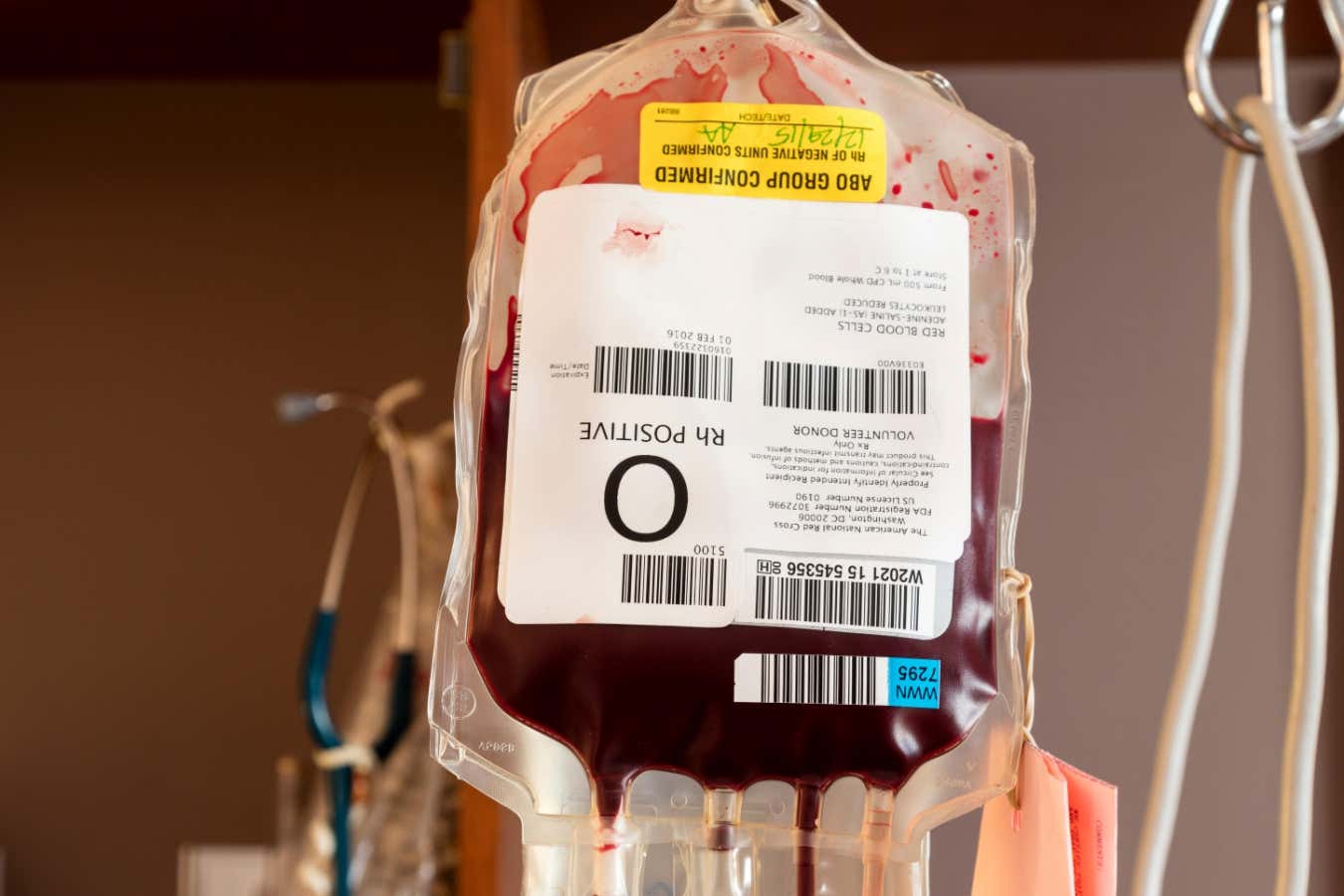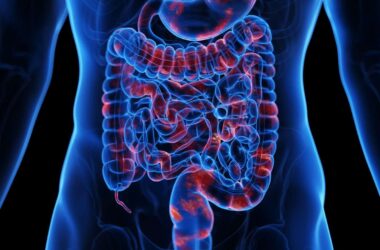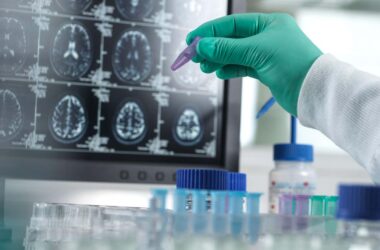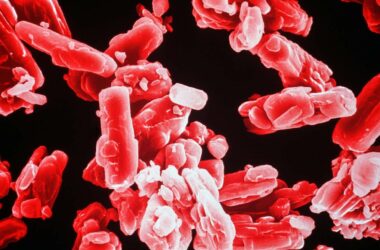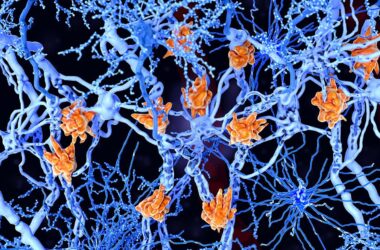A study conducted by researchers from Duke University and Harvard University has found that surgically attaching old mice to young mice for three months can reverse the biological age of the older mice and extend their lifespan even after they are detached. This study adds to the growing body of research on the rejuvenating effects of young blood.
In previous studies, it has been observed that sewing old and young mice together, allowing their blood to flow into each other’s bodies, has rejuvenating effects on the older mice’s brain, liver, and muscles. However, it remained unclear whether these effects would persist even after the mice were separated from each other.
To investigate this further, the research team connected old mice (aged 20 months) to either young mice (aged 3 months) or other old mice for a period of three months. After the detachment, the researchers measured the lifespan of the mice to determine if the anti-aging effects would last. The results showed that the old mice attached to young mice lived an average of six weeks longer compared to those attached to other old mice, which translates to a 5% increase in lifespan. While this is a notable extension of lifespan, it is still smaller than the effect achieved through calorie restriction, which can make mice live up to 27% longer.
The researchers also used epigenetic clocks to determine the biological age of the mice. Epigenetic clocks analyze patterns of markers on DNA that correlate with age. The old mice connected to young mice appeared up to 30% younger than those connected to old mice, both immediately after detachment and even two months later. Furthermore, the gene expressions of the old mice that were paired with young mice showed alterations, including increased expression of certain metabolism genes and reduced expression of inflammation genes, similar to the effects observed in mice undergoing calorie restriction.
The rejuvenating effects of young blood on old mice may be attributed to the presence of cells, proteins, or other components in young blood that have rejuvenating properties when they flow into the older mice. Another possibility is that the healthier kidneys and livers of the young mice filter or dilute the blood of the old mice, helping to remove harmful components associated with aging.
Preliminary studies have also explored whether blood transfusions from young individuals can reverse aging in older individuals. However, the results of these studies have been inconclusive. For example, a US start-up called Ambrosia conducted a study where plasma from young donors was given to older individuals, but the results were not made public and the company eventually closed. Another small trial gave weekly injections of young plasma to people with Alzheimer’s disease and found minimal benefits. These disappointing results may be due to the fact that plasma only contains the liquid portion of blood without any cells, or that the frequency of treatment was not optimal.
While the search for the rejuvenating components of young blood continues, researchers believe that the study’s findings highlight the potential manipulability of the aging process. The negative health effects of aging may not be as inevitable as once thought, and efforts to understand and intervene in the aging process hold promise for future longevity research.
It is worth noting that some experts raise ethical concerns about using blood to extend lifespan, as it diverts resources from patients in need. They suggest that a better focus would be on evidence-based interventions like calorie restriction.
Topics:




